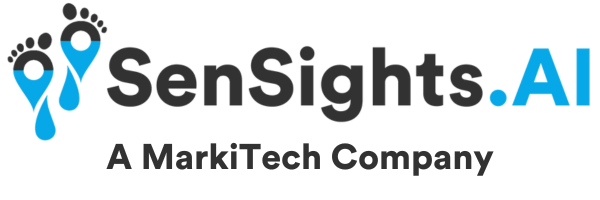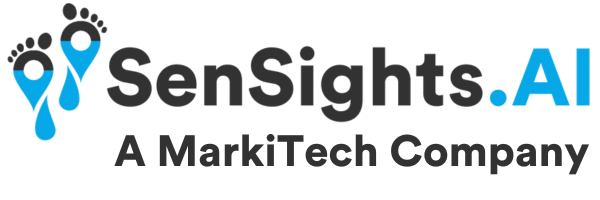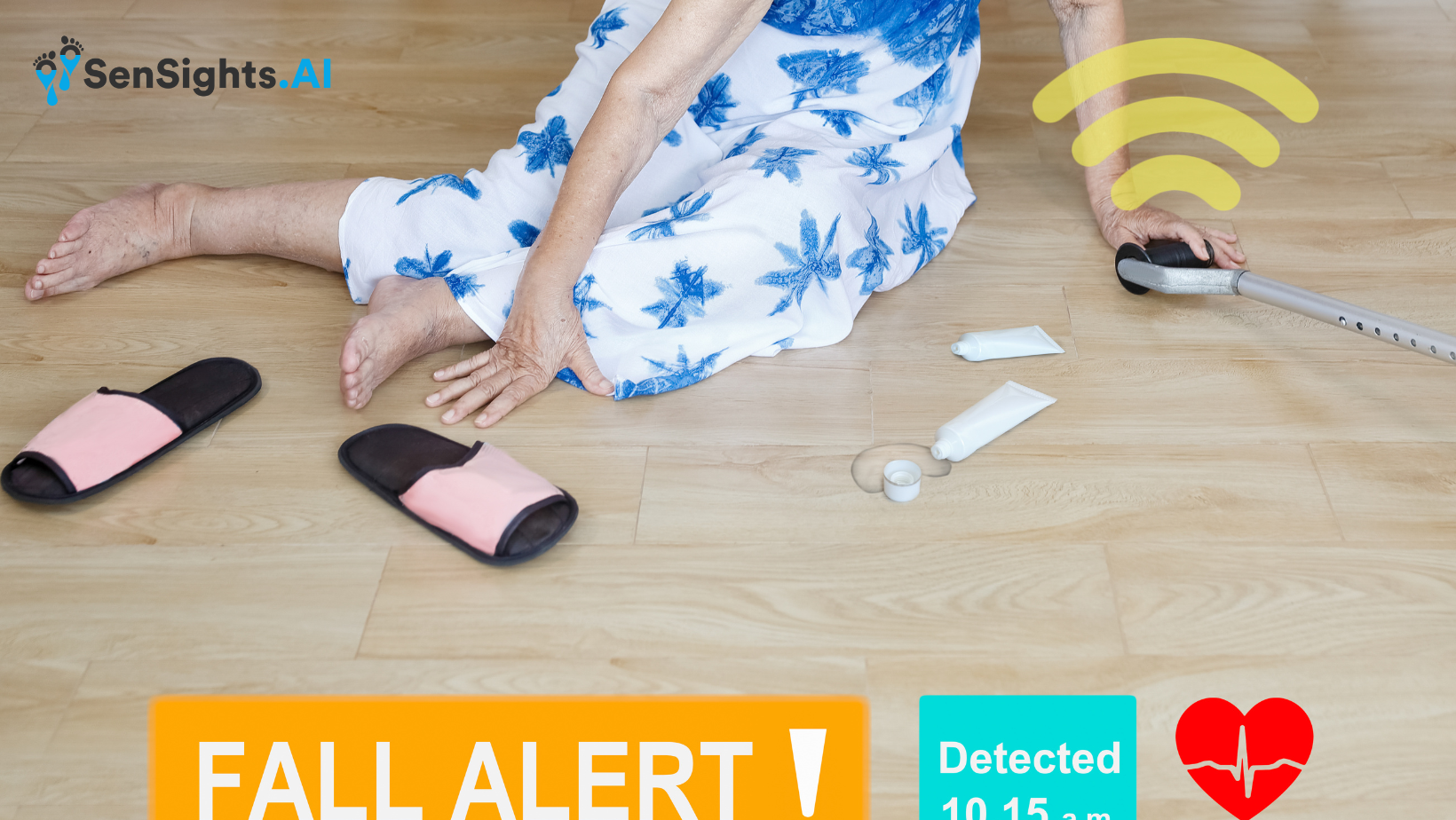Medically Reviewed By: Dr Gideon Kwok
Image Credit: Microsoft Designer
Key Takeaways
- Increased Safety and Independence for Seniors: Fall detection services using wearables, in-home monitoring systems, and smartphone apps offer enhanced safety for the elderly, reducing the risk of severe injuries from falls. This technology enables seniors to maintain their independence while ensuring they're monitored for their safety.
- Challenges in Accuracy and Timely Response: While fall detection technology is advancing, minimizing false alarms and ensuring timely responses to actual falls remain crucial challenges. The effectiveness of these services heavily depends on the accuracy of the detection system and the swiftness of the emergency response.
- Peace of Mind for Families and Data-Driven Care: These services provide peace of mind to families and caregivers, knowing that their elderly loved ones are constantly monitored. Additionally, the data collected by these systems can assist healthcare providers in understanding a senior's risk profile and potentially prevent future falls.
Interested in more insights on AI in healthcare?
Okay; okay! The Political Correctness Brigade may please return to the barracks. I’m not calling the elderly Humpty Dumptys. But we do know he had a fall. “And all the king’s horses and all the king’s men couldn’t put Humpty Dumpty together again”. (And please don’t presume to school me that Humpty was actually a cannon that fell off the wall it was mounted on, and couldn’t be repaired; because I know, ok). Making light of it won’t dilute the reality that the elderly do suffer falls, falls that can often lead to severe injuries and a subsequent often debilitating erosion of independence. In the Western world, the demographic pyramid seems to have acquired a beer-belly (tut, tut) and in Japan has almost assumed a shape more resembling a decanter (tut, tut again) than a pyramid; we are fast approaching a state where we have more retirees than the working age people needed to support them. With better medical help, retirees are simply living longer than before. And staying at home or at facilities for the elderly. So, there simply is a larger number now of people falling in the kitchen on the way to pinch a slice of cake, and breaking their hips on the journey. Therefore, we need to put in place As the global population ages, the need for effective fall detection and prevention strategies becomes in order to protect the global stockpile of homemade cakes. This is where fall detection services have a critical role to perform, offering a blend of technology and care to ensure the safety and well-being of the elderly. In this blog, we’ll explore the importance, technology, and benefits of these services.
Understanding the Risks of Falls for Seniors
The Prevalence and Impact
The truth is that our seniors do try very hard to take care of themselves, play more tennis, swim more often, and dance more with their friends’ spouses; activities that can end in a fall (of one kind or another, if you know what I mean). We know now that falls are now the leading cause of injury among older adults. According to the World Health Organization, an estimated 684,000 individuals die globally from falls each year, and the majority of them are over 60 years old. Falls among the elderly lead to injuries like hip fractures and head traumas, and can increase the risk of early death.
Contributing Factors
As we grow older, the process of physical degradation picks up speed till we are unable to outrun it; our muscles begin to lose form and strength, we begin to lose balance even without a pint, we develop chronic health conditions, and they all combine in a conspiracy to Various factors contribute to substantially increase the risk of falls in the elderly. We cannot do without a clear understanding of these factors to establish effective prevention and response strategies.
The Role of Technology in Fall Detection
Wearable Devices
Wearable devices like wristbands, pendants, and smartwatches equipped with sensors are becoming quite popular in the field of fall detection. They can detect changes in motion and orientation, and can alert caregivers or emergency services when a fall is detected.
In-Home Monitoring Systems
We’ve been living with motion sensors in our homes for quite a few decades now, and they do offer a very high level of security by alerting us to intrusions. Using the same principles, advanced fall detection systems use sensors placed around the home to monitor and detect unusual movement patterns that may indicate a fall. These systems can be more comprehensive but are obviously more intrusive, as they necessitate a near-complete erosion of privacy (a bit like Mark Zuckererg knowing I went out to have Tom Yam soup last night, and then telling my spouse about it).
Smartphones and Apps
As the unstoppable march of Darwinian evolution continues, the human body has developed another organ that grows out of our palms: the smartphone. Jokes apart, we have it on us all the time, except showers (and that is only waiting for the next innovator to come around with a patent). Smartphones now come with a village garden full of apps, and if you don’t have what you want, its just a download away. Many smartphones now have built-in accelerometers and gyroscopes that can be used for fall detection. We even have apps that are custom-designed to detect falls and send alerts to pre-set contacts.
Accuracy and Response
Minimizing False Alarms
Ok, great. So we have a house full of sensors. And the dog just decides to chase after the cat who decides to leap off the sofa and fall but land on its feet (I learnt that from watching Halle Berry). And you get an alarm that dad just fell again. Only, he didn’t, really. The challenge then is, how do we fine tune fall detection technology to minimize false alarms while ensuring no actual falls are missed. The new “ghosts in the machine”, our friendly neighborhood AI & ML are making advances to improve the accuracy of these systems so you can tell whether its dad, the cat or Ms. Berry who tripped the alarm.
Timely Response
I know I keep coming up with the case of the retiree in the kitchen; but believe me, other than pavement falls, this happens to be one of the most frequent scenarios. Especially at night. Ask any ER nurse on the night shift. In winter, that’s where a lot of our retirees are going to die. Because they’re not able to call for help after a fall. Immediate alerts and swift action can be crucial, especially in severe cases where the fallen individual cannot call for help themselves. The key determinant of the effectiveness of a fall detection service is therefore just the response time. the “system” doesn’t identify the fall and make the distress call, the rest of its sophistication becomes pointless.
Benefits of Fall Detection Services
Peace of Mind
For families and caregivers, knowing that an elderly loved one is being monitored by a reliable fall detection system can provide immense peace of mind by assuring them that help will be provided when called for.
Independence for the Elderly
At that stage of life, all you really want to do is waddle to the pub down the street, meet your dwindling group of friends and bicker with them about 50 yr old mistakes.Fall detection services enable this the independence for them, empowering them to live alone without constant supervision, and get drunk in the pub.
Data Collection and Analysis
Beyond immediate response, these systems can collect data over time, helping healthcare providers understand a senior person’s risk profile and potentially prevent future falls.
Choosing the Right Fall Detection Service
Considerations
When choosing a service, you should always consider factors like ease of use, comfort, cost, battery life, and the range of detection. That’s for the infrastructure. But what you really want to make absolutely sure of is that the service has a reliable response system in place; as I said, if the system doesn’t make the call, the responder won’t know there’s been a fall.
Integration with Healthcare Providers
Some services offer integration with healthcare systems, ensuring that medical professionals are alerted in the event of a fall. This can be beneficial for those with chronic health conditions.
Conclusion
Fall detection services represent a significant advance in senior care, combining technology with the compassionate need to safeguard our elderly population. As technology continues to evolve, these systems will become more sophisticated, further reducing the risks associated with falls. For seniors and their families, this is more than just technology; it’s a lifeline that provides safety, independence, and peace of mind.
Want to stay ahead in the evolving landscape of primary care?
MarkiTech.AI is a team of over 50 software engineers, data scientists and clinicians plus other health practitioners who have developed over 40 digital health solutions in the last 10 years such as SenSights.AI, Veyetals.com and CliniScripts.com which focus on helping older adults and their caregivers like family, physicians, nurses etc., age in place, reduce costs and improve revenue opportunities.


